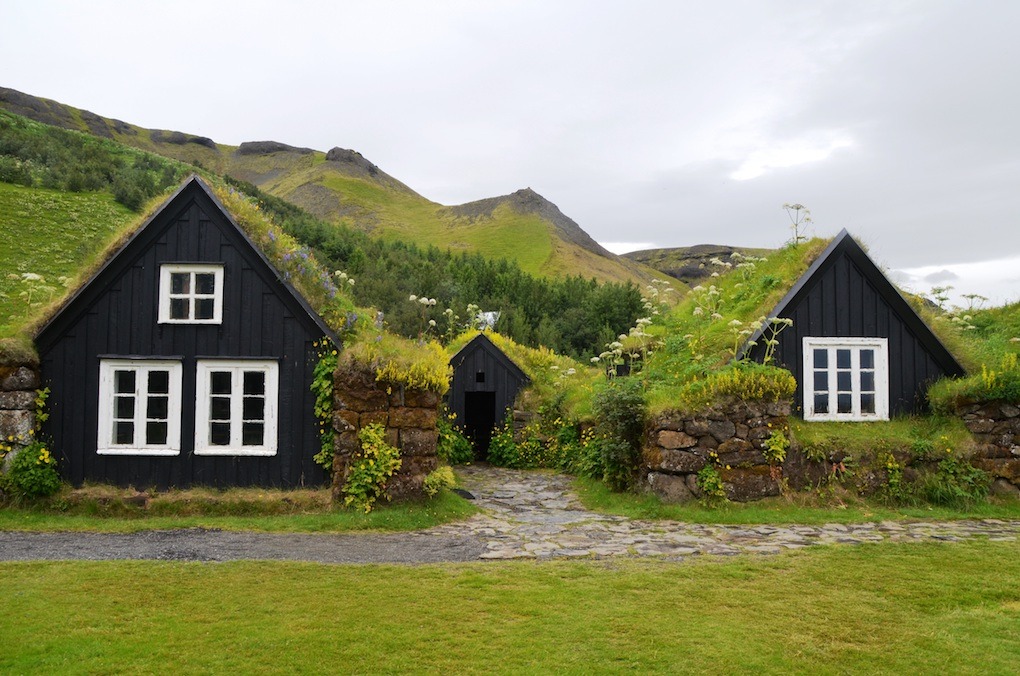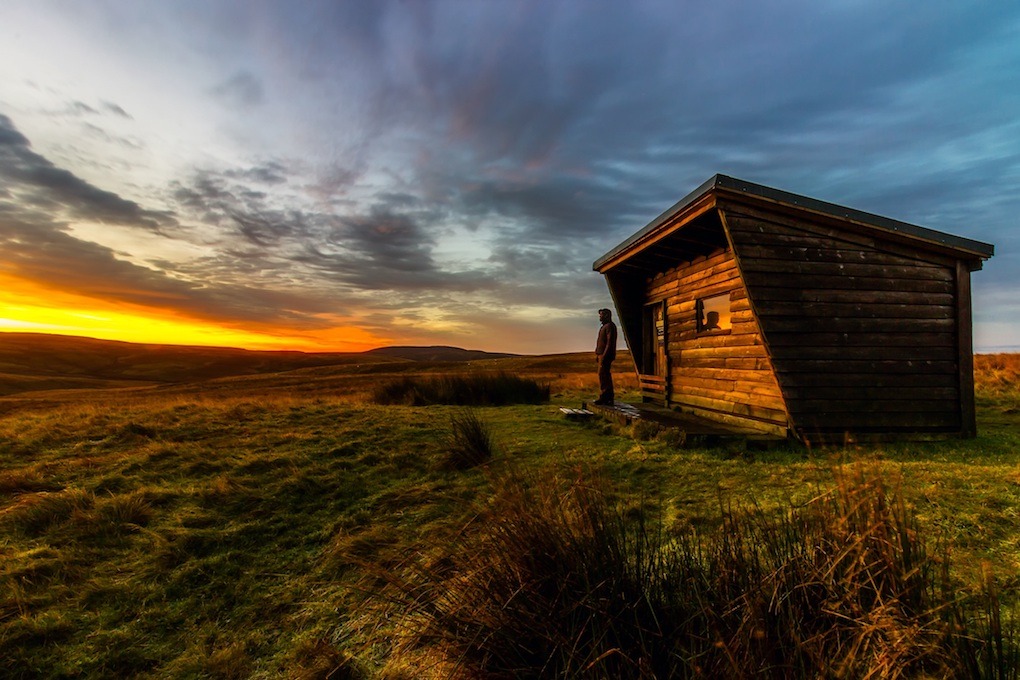Long gone are the days when you can say “I can’t do this, because I don’t know how.” With the help of Youtube, books, online resources, and of course, this blog, you can learn all there is to know about building a tiny house.
There are several benefits to joining the tiny house community, one being that at the end of the build you have a physical residence to reside in. But not all tiny house benefits are quite so, shall we say, concrete. Many people don’t consider that building a tiny house can actually help you expand on your marketable career skills, for example. By learning the basics of law, construction,and math skills required to complete this task, you will have gained valuable life skills that can be applied to a new job or career!
Here are a few things you will gain from building a tiny house.
The Law
One of the biggest obstacle owners find when building a tiny house is finding a place to put it, as well as learning and understanding the law. Looking into your state and county regulations is essential before you even begin your tiny house build. This is a valuable life skill to have. Knowing how to navigate the laws in place can help you accomplish things on time and without any legal hand ups.
There are two types of tiny house options. One is a home on wheels or a trailer, which is considered a recreational vehicle (RV) in most states. This means that you will need to register your home as an RV. Having your home registered is nice if you plan to move residencies often. However, a lot of places don’t allow someone to live in their RV permanently if it is parked in a residential area, so shoot to park in an RV park or campsite to avoid potential issues.
The second type of tiny house is an Accessory Dwelling Unit (ADU). This home is more complicated to place than a portable tiny house on a trailer, as it’s built as a permanent structure with a tiny foundation. An ADU is built on a lot where a home or building is already residing. According to the Federal Housing Administration, these types of structures are habitable living units that are located on a property with a single family home. Consider building your home on a shared piece of land so that you can live in it under the ADU regulations.
In general, you will need to become knowledgeable about structure permits and how they pertain to permanent housing. If your tiny house falls into the category of a larger square footage, it may be required to have a permanent structure permit. As difficult as they can be to navigate, building codes exist for a reason. Any home that you build needs to be able to stand up to weather like hurricanes, earthquakes, and tornadoes.
By understanding the laws in your state, or wherever you plan to take your new home, you are learning valuable knowledge of the legal system as well as the laws regarding construction.

Planning
Planning can apply to the structure itself, as well as the list of things you will need to complete your tiny home. You will learn a lot about planning during the tiny home building process. Because there are several things you must plan for and determine before you start your tiny home construction project, it’s important to do so carefully.
To begin you must create or choose a floor plan. There are plenty of websites and resources on the internet that can help you decide how to design your house to work best for you. It’s a smart idea to find and use a pre-created floor plan when building your first tiny home. This will help take the guesswork out of what will be sustainable and what will not be. It is estimated that you should allow at least 100 square feet per person residing in the home to make sure that you are not too cramped.
Plan for the time it will take to complete the job. Even though you may think major projects like subfloors, framing, and the roof will take an estimated amount of time, plan for more. Make sure you have your tools in order. When you are building a structure, you may need very specialized tools that you may not have any knowledge of previously.
Plan for utilities. If your home is RV registered and you park your house in a campground, you will more than likely have access to electricity, water, and sewer disposal. But if you plan to live on your own plot of land, how will you handle things like waste disposal, water, power, and internet access? Some tiny home owners generate electricity from solar panels on their home. They also use composting toilets. This can help limit the need for water and plumbing in the bathroom.
Construction
Constructing your tiny home is the most important part of this entire process, and offers you more educational knowledge you can soak up for future endeavors. Throughout the process, you will learn a lot of skills that can be used in the skilled trade workplace. This may lead to a newfound appreciation for construction as a career option.
When building a tiny home, you will learn standard construction skills like building a foundation, installing subfloors, framing walls, hanging windows and doors. Your knowledge of power saws and drills will become more familiar, as will your specialty skills like plumbing and electricity.
You will need to know how to square your home on a trailer or foundation before putting a subfloor in. This step is important because if you fail to square off your trailer before putting a subfloor into it properly, you will run into a multitude of problems down the road. If you fail to do this, and other basic constructive tasks wrong, they can cause cracks in the subfloor, walls, and the roof over time.
Math/Finance
From a construction standpoint, you will need to hone in on your geometry and engineering skills to figure out angles, areas available to work with, and the structural stability of the tiny home. That high school math class might actually come in handy when you’re building a tiny house!
The average cost of a tiny house is anywhere from $10,000-$58,000, with a flatbed trailer costing around $3000 to build the foundation on.To keep costs low, look for reusable materials in good condition. These can typically be found in construction consignment stores like the Habitat for Humanity RESTORE thrift stores. This will help with the material costs.
When budgeting, lean on resources like The Tiny Life to help you get an overview of costs and materials you should expect to purchase. No matter how well you budget your finances, you should always allocate an extra 10 to 15 percent more for materials. Precision is key when building, so math skills are essential.
Learning skills you haven’t previously had is beneficial to not only building a tiny house but also to your everyday life. Knowing which skills are marketable beyond building your new homestead can help you advance in your working life. Having basic knowledge of construction, math, planning, and the law can come in handy in all facets of your life.

